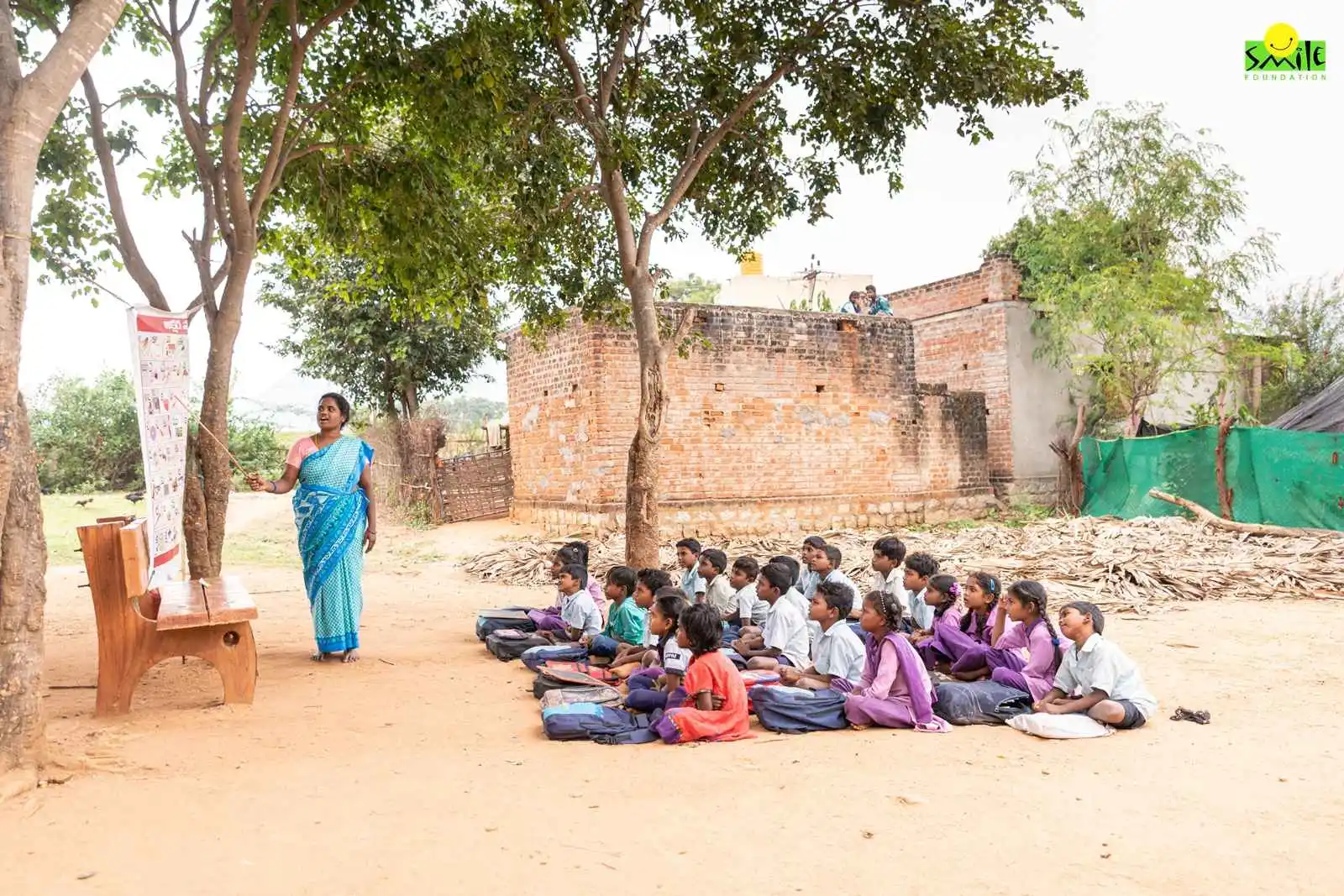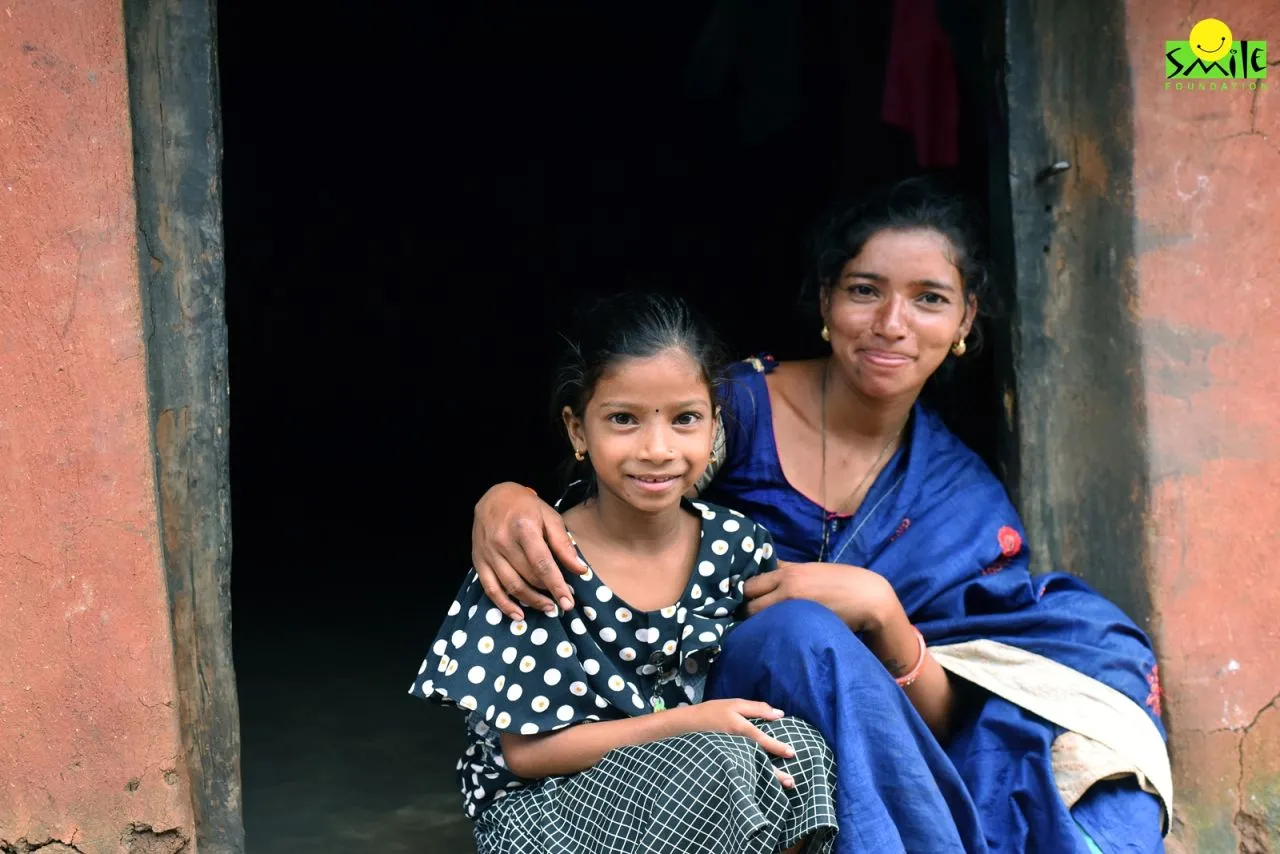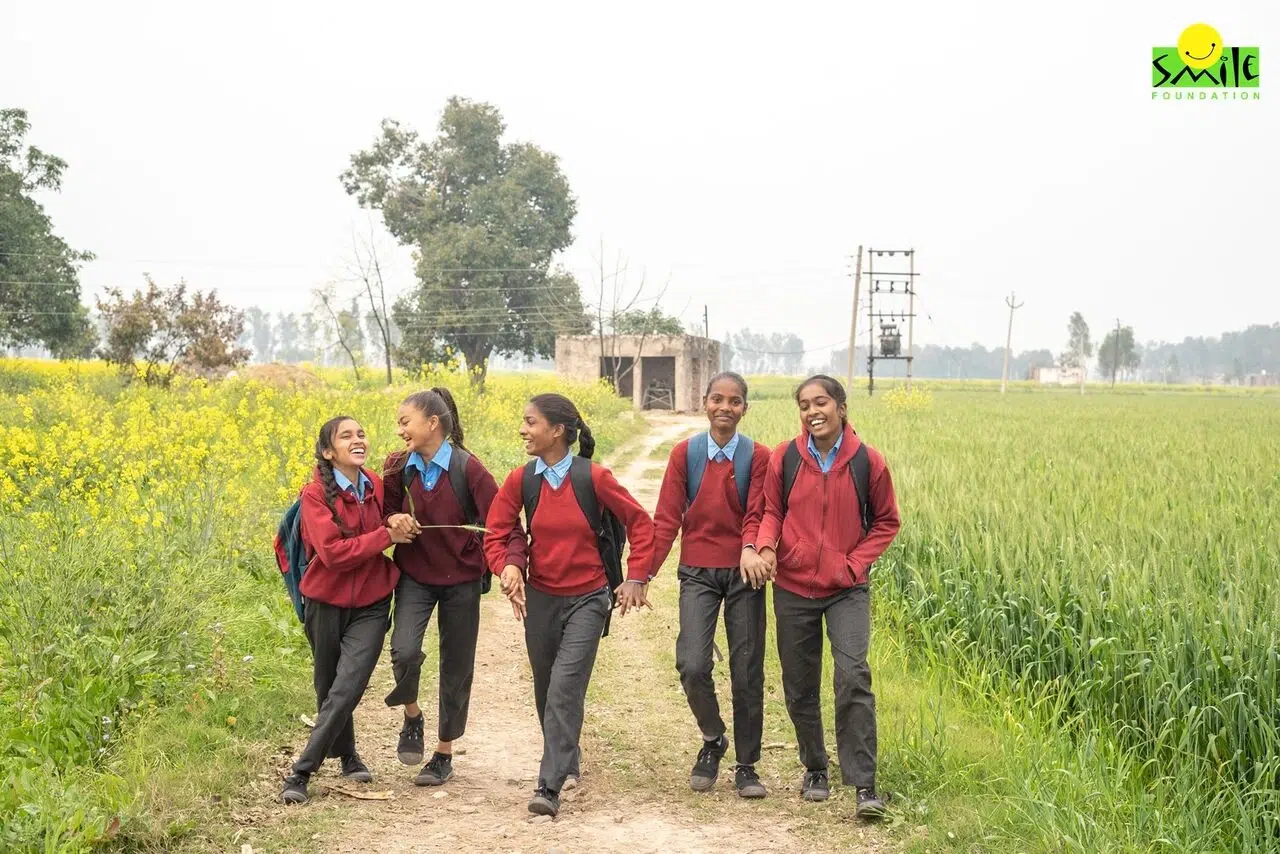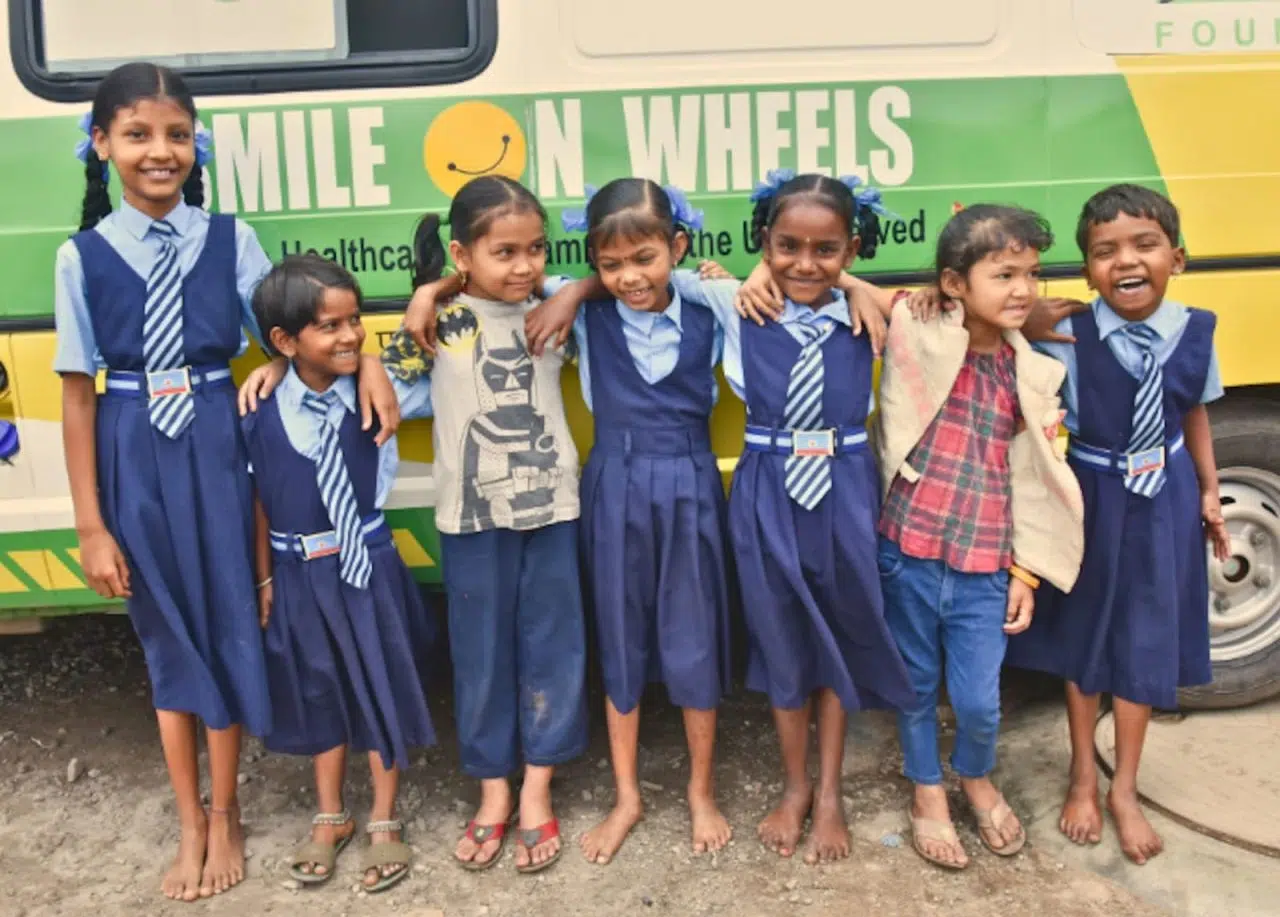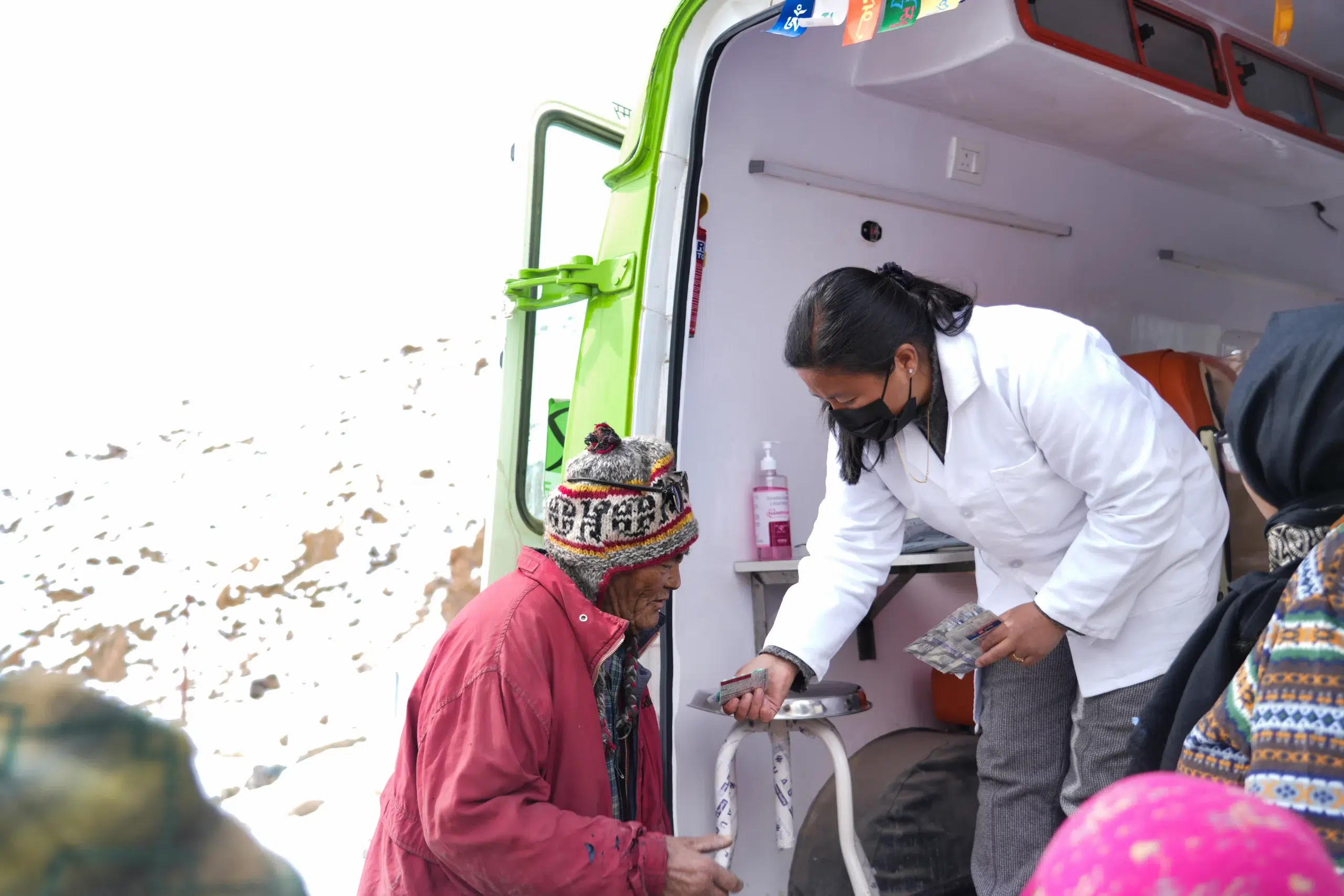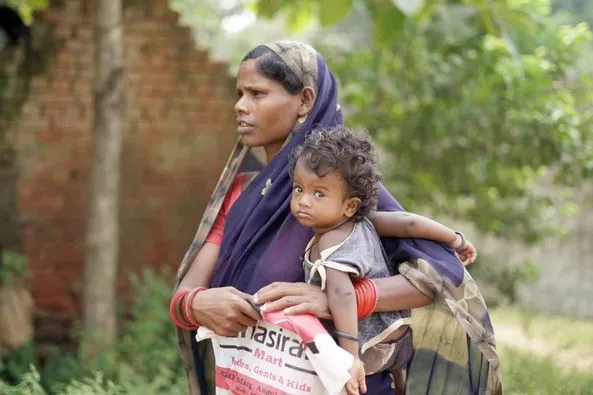According to the World Health Organisation (WHO), over 55% of the world’s population live in urban areas. This is projected to rise to 68% by 2050. However, almost 40% of urban dwellers have no access to safely managed sanitation services and many lack access to adequate drinking water.
An estimated 91% of people in urban areas also breathe polluted air. Road traffic injuries, air and noise pollution and barriers to safe physical activity also lead to higher levels of noncommunicable disease and injuries. Continued urbanisation is expected to lead to cities becoming epicentres of disease transmission, including vector-borne diseases, says WHO.
Rapid urbanisation and its pitfalls
With India getting urbanised rapidly, there is also a growth in the number of slums coming up in cities. According to a paper, ‘Urban Health – unique problems, need unique solutions’, by Dr Sanjiv Kumar, a large chunk of poor population has moved into environmentally deprived urban areas which are overcrowded, have no access to safe water, sanitation, safe accommodation and often lack access to basic services. The urban population in India has increased from 28.53% (2001) to 31% (2011) and projected to be 46% (2030). It is estimated that 30 to 40% of the population in metros live in slum or slum-like habitation.
Naturally, this poses many complex challenges as far as urban healthcare is concerned.
Overcrowding
“Our cities don’t have the necessary infrastructure for expansion and growth. Every city is saturated and overpopulated. With apartments coming up, where one house stood you now have 20 households, which in turn puts a strain on resources, be it water or electricity,” says Sunil Menon, founder of Sahodaran, a male sexual health project in Chennai.
The high population density puts immense pressure on existing healthcare infrastructure, often leading to inadequate facilities and services. Healthcare facilities such as hospitals and clinics are overcrowded, leading to long wait times.
Urban lifestyle and disease burden
Urban areas face a high prevalence of chronic diseases like diabetes, hypertension and heart disease, which require long-term management and resources. This is because city dwellers usually lead fast-paced lives, have sedentary jobs and unhealthy food habits that predisposes them to non-communicable diseases, as Dr Kumar’s report points out.
“After 60, many people suffer from diseases, which I categorise as A (arthritis, acidity, Alzheimers), B (blood pressure), C (cancer, cerebrovascular accidents, cardiovascular instances, coronary artery disease), D (diabetes, depressive, dementia) and E (elevated cholesterol and epilepsy),” says Dr A V Srinivasan, Emeritus Professor, Tamil Nadu Dr. M.G.R. Medical University. “These disorders are common in urban areas where stress levels are high.”
Poor sanitation
Cities also have seasonal outbreaks of vector-borne diseases such as malaria, dengue and chikungunya as well as outbreaks of waterborne diseases due to contamination of water supply. Many of these diseases spread much faster in urban areas as they are densely populated, especially slums and slum-like areas that have poor sanitation.
High levels of air and water pollution cause various health issues, including respiratory and cardiovascular diseases. Inadequate waste management and sanitation infrastructure can lead to the spread of disease.
“In urban areas, people live in cramped quarters where contagious diseases spread very fast. The air and water quality are also often poor and waste disposal, especially medical waste disposal, is a big issue,” says Menon.
Accidents and injuries
Road traffic accidents and injuries are high in urban areas. India recorded the highest number of road crash fatalities in 2022, with over 1.68 lakh deaths, averaging 462 deaths per day or one every three minutes. According to a report in The Times of India, cities such as Delhi, Indore, Jabalpur, Bengaluru, Chennai, Bhopal, Malappuram, Jaipur, Hyderabad and Kochi accounted for almost 46.4% of the total road accidents in India in 2021 and 2022.
Lack of access to healthcare
As Dr Kumar’s report points out, “the rapid increase in urban population due to migration has stretched the infrastructure, often moving the neo-migrants and the poor into unhygienic environment making then more vulnerable to diseases increasing their need for healthcare which is neither in their reach nor affordable for them
According to a report, ‘Urban health in India: many challenges, few solutions’, in The Lancet, while urban India may have a high concentration of healthcare providers, not everyone has easy access to health care. For instance, lack of empowerment and financial barriers prevents women from accessing healthcare.
Healthcare is often not affordable/ The affordability factor
The cost of healthcare can be prohibitively high for many urban residents, especially in private hospitals, which is why many people hesitate from accessing necessary medical care. While government schemes exist, insurance coverage is still limited and many individuals do not have medical insurance.
Government schemes
The Government of India has taken several steps to address urban health challenges. The National Urban Health Mission (NUHM), launched in 2013, aims to improve the health of the urban population, especially the poor and disadvantaged. It includes initiatives such as establishing urban primary health care centres, recruiting a workforce, and providing referral services.
Launched in 2018, Ayushman Bharat – Pradhan Mantri Jan Aarogya Yojana (AB-PMJAY) aims to improve access to primary health care by establishing Health and Wellness Centres (HWCs) in urban and rural areas. Accredited Social Health Activists (ASHAs) and Auxiliary Nurse Midwives (ANMs) are deployed to connect the community with health facilities.
Nonprofits address ground realities
Organisations such as Smile Foundation have been working to supplement the efforts of the government. Our healthcare intervention provides primary healthcare facilities at the doorsteps of the underserved communities in the identified rural areas and urban slums. The aim is to reach the vulnerable population who cannot afford basic healthcare facilities.
The urban slum dwellers suffer from adverse health conditions as they lack education and awareness and also are unwilling to lose a day’s wage to reach the nearest medical facility.
Following a two-pronged approach, Smile Foundation’s comprehensive and community-centric health programme provides curative as well as preventive services, addressing the gaps in availability, accessibility and affordability of healthcare.
We joined hands with GlaxoSmithKline Asia Private Limited (now Haleon) to make dental treatment affordable and accessible and to address the gaps existing in dental healthcare at the community level.
The dental health units have been providing diagnostic as well as curative services through roster based OPDs. Another very important component of the Smile on Wheels Dental HealthCare is the School Oral Health Programme that includes awareness sessions on oral health and hygiene followed by regular dental check-ups.
Two new technology platforms have been integrated in the healthcare programme. ReMeDi is an integrated telemedicine solution that enables teleconsultation where doctors are remotely connected to see the patient, talk to the patient and can access past medical records. The device enables doctors to conduct over 30 point-of-care diagnostic tests in real-time. Results from these tests are transmitted automatically to the EMR. Doctors can prescribe medicines and also refer for follow-up visits and continuous care.
Health Cube, a state-of-art portable diagnostic system, provides results in 3 to 30 minutes for over 30 tests across various parameters. The system allows smart diagnostics and artificial intelligence to facilitate rapid screening of patients.




